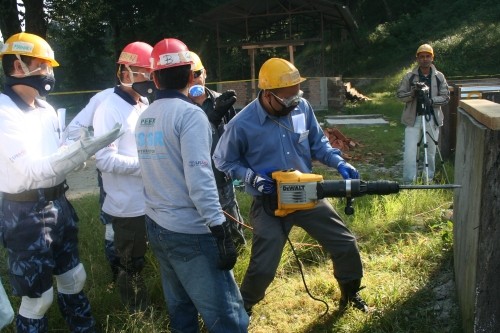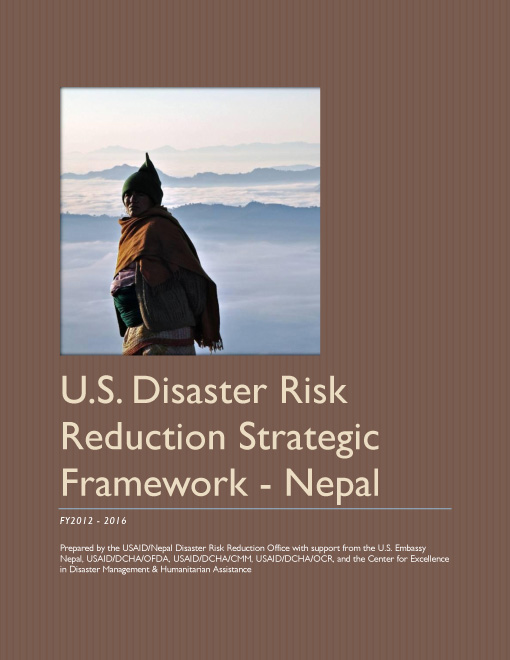
Nepal is one of the most disaster-prone countries in the world, with annual floods and landslides, periodic drought and epidemics, and a high level of seismic activity. In addition, Nepal has recently emerged from a decade-long insurgency, and the potential for increases in criminal violence and localized insecurity persists. The vulnerability of Nepal’s citizens to disasters and conflict is exacerbated by poverty, unplanned urbanization, and substandard construction techniques.
The U.S. Government works to enhance Nepal’s ability to prevent, mitigate, and respond to disasters. We work with the Government of Nepal to address the needs of vulnerable populations through programs that improve preparedness for and response to natural disasters. We help to increase the understanding of the importance of disaster risk reduction measures by mainstreaming them into government planning and budgets, increasing private sector engagement, enhancing the ability of the media to cover all aspects of disasters, and increasing people’s understanding of risks and how to protect themselves against hazards. We also help communities to be more resilient and ensure that targeted infrastructure is resistant to natural disasters.
- USAID and the U.S. Embassy in Nepal created an interagency Disaster Risk Reduction (DRR) Office to coordinate investments across USAID, the State Department, the Government of Nepal, and the American and Nepali militaries.
- USAID has been implementing the Program for Enhancement of Emergency Response (PEER) training in Nepal since 1998. This regional program has trained Nepali instructors on collapsed structure search and rescue, medical first responder basics, and hospital preparedness for emergencies. New additions to the PEER program include training on community action for disaster response and incident command system operation.









Comment
Make a general inquiry or suggest an improvement.